What are Inner Demons ?
Practical Insights and Strategies
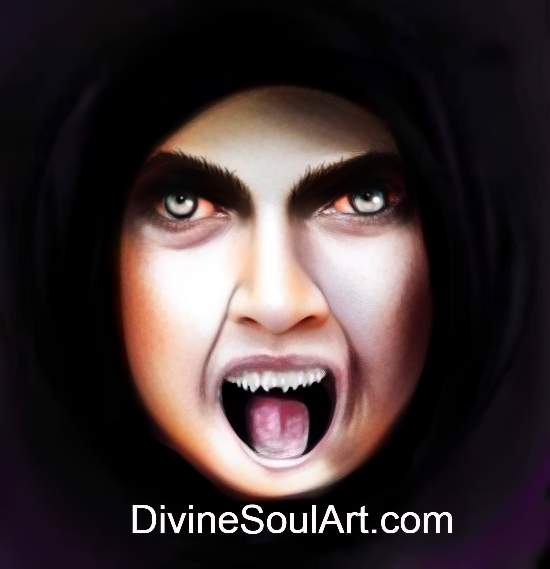 what are inner demons ?
what are inner demons ?What are inner demons and why have they captivated human imagination for centuries? This article delves into the origins, nature, and cultural variations of demons, exploring how these mysterious entities have influenced human behavior and beliefs. Join me for a compelling journey through historical insights and practical strategies to understand and deal with demonic influences.
What are Inner Demons?
Understanding Demons and Their Origins
The word “demon” has evolved significantly over millennia, originating from ancient beliefs deeply rooted in humanity’s fears of the unknown and the supernatural. These malevolent beings, often referred to as demons, are believed to have emerged from the shadows of human consciousness, embodying ancient civilizations’ darkest fears and unexplained phenomena.
In Abrahamic faiths, demons are seen as fallen angels who rebelled against God alongside Satan and were cast out of heaven. This narrative depicts demons as evil entities opposing divine authority and seeking to lead humanity astray. In ancient Egyptian belief, demons were often malevolent spirits acting independently but usually connected to specific deities. These spirits could bring both harm and protection, showing the dual nature of demonic entities.
Mesopotamian mythology offers another perspective, with demons believed to drag souls to the underworld, yet these same spirits could also exhibit benevolent traits. Such duality highlights the complex nature of demons across different cultures. In medieval Christian Europe, many pagan deities were reinterpreted as demons to align with Christian teachings, further embedding the concept of evil within these entities.
Persian traditions blended with Islamic beliefs portray demons as complex beings capable of both harming and serving humans. In Kabbalistic thought, demons are consequences of human sin, reflecting the moral failings of humanity as part of divine creation.
The Greek word “demon” originally referred to a spirit or divine being without the inherent implication of evil. As we traverse through various cultural and religious interpretations, it becomes clear that demons have always been a reflection of the human psyche’s darker aspects. This historical context helps in understanding the nature of demonic influences.
Demonic Forces
Demonic forces are defined as malevolent spiritual beings bridging the gap between the sacred and the profane. These evil spirits, also known as unclean spirits, tirelessly oppose divine authority, embodying traits directly opposed to holiness and goodness. Fear is their primary weapon against humanity, wielded with cunning and deceit. An evil spirit lurks in the shadows, seeking to exploit the vulnerabilities of the unsuspecting.
These demonic entities are not limited to causing moral corruption; they can also inflict physical ailments and bring suffering to humans. The devil, described as prowling around seeking whom he may devour, employs these evil entities to accuse and torment humans before God day and night. This relentless activity underscores the persistent nature of demonic interference in human affairs.
The hierarchy of demons is another fascinating aspect, with Satan at the helm, assisted by fallen angels and other demonic spirits. These beings are often depicted as rulers, authorities, and cosmic powers of darkness, suggesting a structured order within their malevolent ranks. They roam the earth rejecting God's authority by exploiting human weakness and pulling them into the dark side. They are creators of destructive behaviors, self doubt and negative energy.
Despite their inherent opposition to goodness, humans are not left defenseless. Humans are endowed with a spirit of power, love, and a sound mind, standing in stark contrast to the fear propagated by demonic powers. Understanding this dichotomy helps in exploring the portrayal of demons in religious texts.
Demons in Religious Texts
Religious texts offer a rich tapestry of narratives about demonic powers, reflecting the moral and spiritual struggles of their times. In the Bible, God created evil spirits to execute judgment or bring about consequences for disobedience. This duality showcases the complex nature of divine interactions with these malevolent entities.
Jesus Christ’s encounters with demons are well-documented, highlighting their significant influence on human lives. These interactions show demons working relentlessly against God’s kingdom, leading humans astray and causing various afflictions. These fallen angels, who rebelled against God, are often depicted as the primary agents of demonic activity in biblical texts, including the concept of the fallen angel.
The Quran acknowledges demons, associating them with mischief and temptation, often steering humans away from righteousness. This portrayal aligns with the broader Abrahamic view of demons as adversaries to divine will.
Ancient Hinduism texts present certain beings as demonic, embodying chaos and opposing divine order.
The character of Satan, a central figure in discussions about demonic powers, has evolved significantly. From being a prosecutor in the book of Job to becoming the ultimate antagonist in Christianity and Islam, Satan’s role highlights the enduring battle between good and evil.
These scriptural insights into demonic powers underscore their importance in shaping religious teachings on morality and human behavior.
Demonic Influence on Human Behavior
Demonic influence on human behavior spans both spiritual and psychological realms. Demonic possession, characterized by a complete takeover of a person’s will, can result in drastic mood changes and physical manifestations. The Rite of Exorcism, a formal religious ceremony, involves invoking Christ’s authority to expel evil spirits from the possessed individual.
Beyond demonic possession, demonic oppression keeps individuals in a state of subservience and hardship through unjust authority. When demons cannot possess someone, they often resort to oppression, exerting a more subtle yet persistent influence. This can manifest as obsession, displaying through phenomena such as sounds, visions, and even physical markings on the body.
However, not all influences attributed to demons are spiritual. Internal demons often arise from subconscious fears or inner struggles with self. These inner struggles are usually linked to anxiety disorders, impacting social interactions and leading to repetitive negative thought patterns. In addition, these inner demons can lead to alcohol or drug addictions.
The stigmatization of mental health issues within faith communities can further complicate matters. Many evangelical communities attribute mental distress to demonic influences, discouraging individuals from seeking secular help and perpetuating stigma and shame. A lack of appropriate language and frameworks to discuss mental health can lead to misunderstandings and negative spiritualization. Recognizing the psychological aspects of inner demons is crucial for a holistic approach to overcoming demonic influences.
Psychological Perspectives
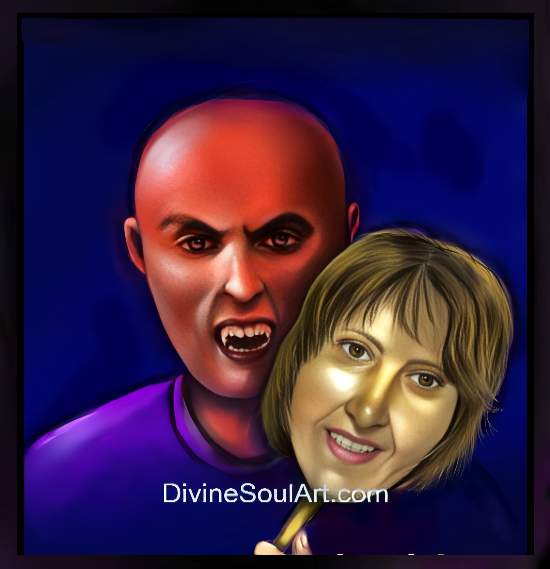 What are inner demons ? -hidden inner demon
What are inner demons ? -hidden inner demonIn modern contexts, the concept of inner demon often symbolizes psychological struggles rather than literal entities. An inner demon represents parts of ourselves we dislike, causing irrational behavior and significant distress. They are dark reflections of our best qualities, highlighting the complexity of human nature.
Coping with internal demons can take many forms, from substance, such as drug addiction, use to dissociation, each presenting its own challenges. Facing and befriending these demons is crucial for personal growth and identity development. Embracing these darker parts of ourselves, rather than fighting them, can lead to a more balanced and compassionate self-view.
Affirmations and positive self-talk are powerful tools for reprogramming the subconscious mind, promoting a supportive inner dialogue over a critical one. This practice, along with self-awareness, helps individuals recognize and accept their demons, facilitating recovery and mental well-being.
Carl Jung’s concept of ‘the shadow’ refers to these dark parts of ourselves that we avoid, highlighting the importance of integrating them into our conscious identity. Visualizing and treating demons as guests helps develop compassion and acceptance, ultimately transforming these inner struggles into sources of strength and resilience.
Spiritual Warfare
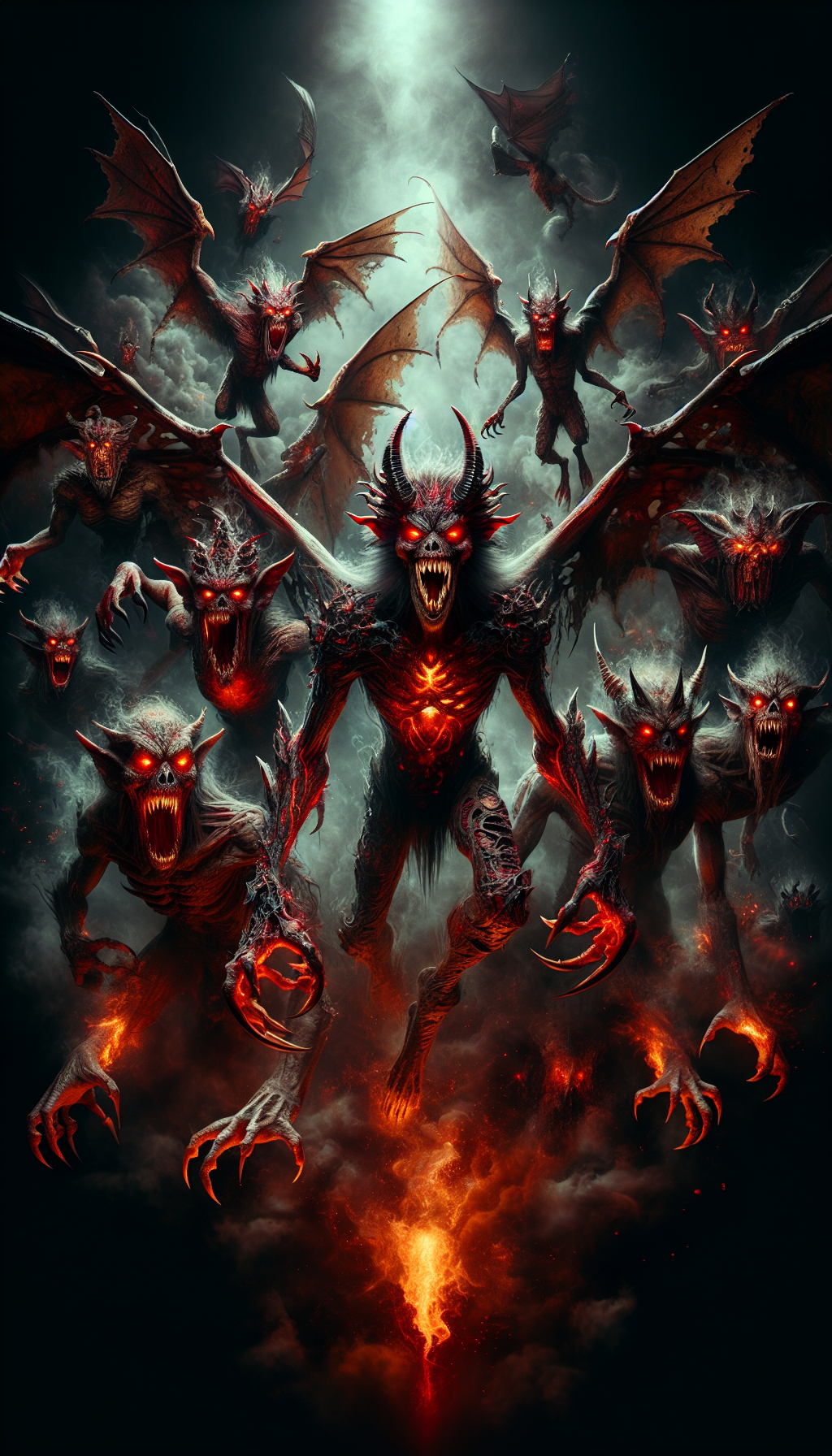 What are Inner Demons ?
What are Inner Demons ?Spiritual warfare is deeply rooted in religious teachings, emphasizing the ongoing battle between believers and demonic powers. Biblical references suggest that these demonic powers are actively engaged in undermining the faith and spiritual well-being of believers. Believers are encouraged to pray for divine intervention, seeking the Holy Spirit’s strength and guidance to counteract these spiritual forces.
Faith in God’s protection and the power of prayer are essential tools in this spiritual battle. Engaging in spiritual warfare requires believers to put on the full armor of God, as described in scripture, to withstand challenges posed by evil forces. This armor includes truth, righteousness, faith, salvation, and the word of God, all vital in combating demonic powers.
Scripture emphasizes that these battles are not against human adversaries but against powerful spiritual entities in the unseen realm. Demonic influence primarily manifests through temptation, prompting individuals toward sinful behavior. Confession of sins is crucial for believers seeking to free themselves from demonic oppression or harassment.
Intense intercessory prayer is essential for individual and collective deliverance from negative spiritual influences. Believers must remain vigilant and grounded in faith to counteract deception and maintain spiritual integrity, understanding that the enemy employs various tactics. Combining spiritual practices with faith is crucial to effectively combat demonic influences.
Demons Across Cultures
Demons are a universal concept, appearing in various forms across different cultures. In Aboriginal Australian traditions, malevolent spirits like the Bunyip are often referred to as demons, and various Tasmanian spirits are described as devils. These entities are deeply intertwined with ancestral spirits, influencing the living with both benevolence and malevolence.
The varying perceptions of demons in Aboriginal Australian culture highlight a rich tapestry of belief systems influencing individuals’ spiritual and emotional lives. This cultural perspective offers unique insight into how different societies understand and interact with the concept of demonic influences.
Comparing and contrasting these beliefs reveals common threads and unique variations shaping the human experience of dealing with evil entities. Whether through fear, reverence, or both, these cultural interpretations provide valuable lessons on navigating the complex world of demonic forces.
Modern Interpretations
In modern times, the interpretation of demons has shifted significantly, influenced by both disbelief and excessive and unhealthy interest. C.S. Lewis warns of two opposite errors regarding beliefs about demons: not believing in them at all and having an excessive and unhealthy interest. This dichotomy is evident among teenagers, who often react to the idea of demons with curiosity, confusion, or skepticism, partly due to horror films.
The incongruence between materialism and church teachings impacts students’ perception of demons, often leading to a superficial understanding. Some youth pastors may interpret biblical accounts of demonic possession as medical conditions like epilepsy, reflecting a more secular approach. The Church distinguishes between mental illness and true demonic possession through careful clinical assessment.
A holistic approach to mental health that integrates spiritual and medical perspectives is increasingly supported, acknowledging the complex interplay between psychological issues and spiritual beliefs. This modern interpretation underscores the importance of addressing mental health comprehensively, respecting both secular and religious insights.
Practical Steps to Overcome Demonic Influences
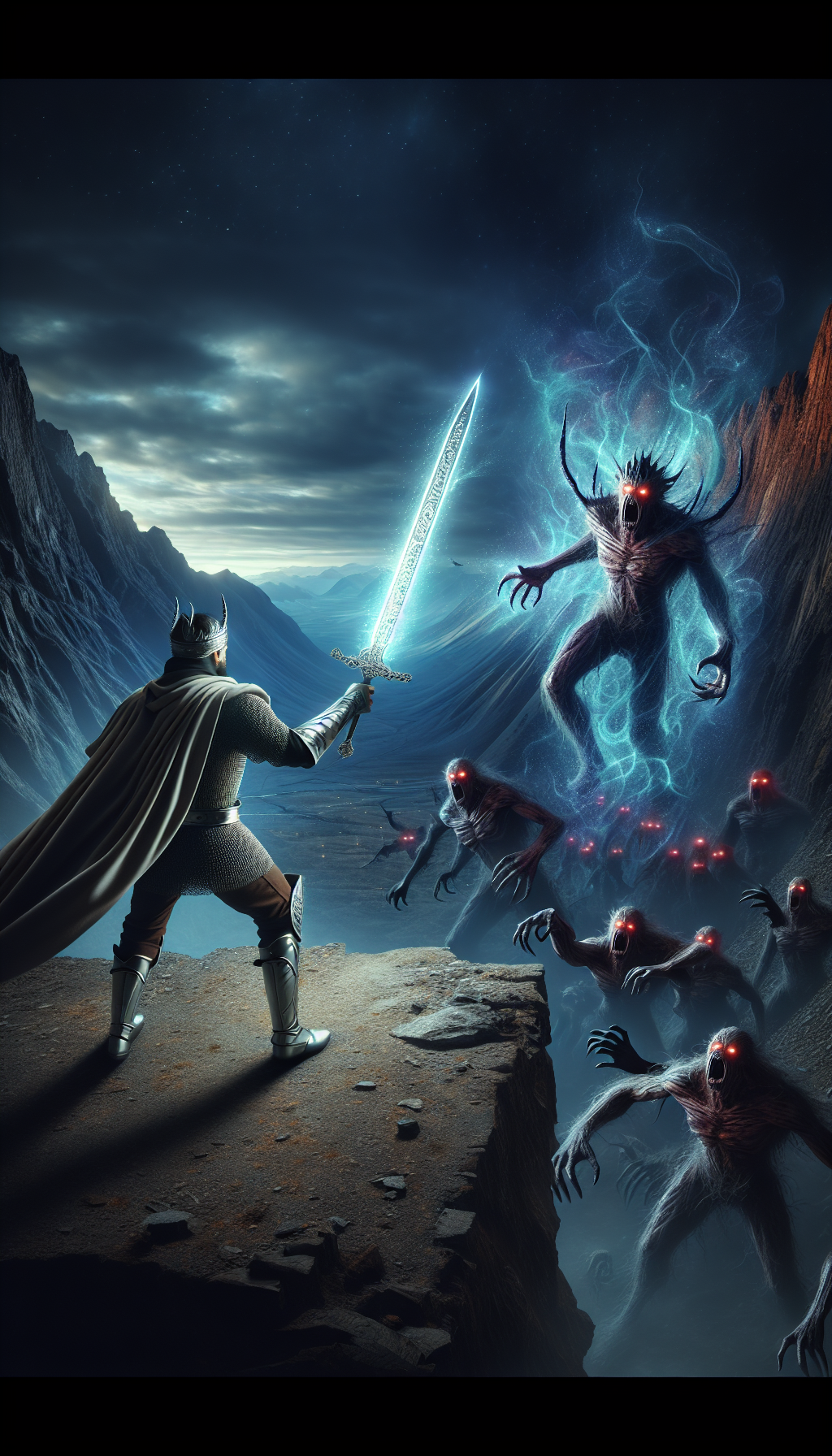 Fighting your inner demon
Fighting your inner demonOvercoming demonic influences requires a multifaceted approach, integrating spiritual practices and community support. Followers of Jesus are believed to have spiritual authority over demons and are responsible for teaching others how to resist them. Renouncing any connection to occult practices or objects is a crucial first step.
Individuals should not hide behind busy lives or insecurities; they must confront and reflect upon their struggles with demons. Seeking support from a community of believers can enhance the ability to resist and overcome spiritual attacks. This support system provides both spiritual and emotional strength, fostering resilience against demonic influences.
In extreme cases, consulting a spiritually qualified counselor may be necessary for effective deliverance. These professionals can offer specialized guidance and support, helping individuals navigate the complex process of overcoming demonic powers. Integrating spiritual practices, community support, and professional guidance can help individuals reclaim control over their lives and achieve lasting peace.
Affirmations
Inner Demon -You do not control me.
Inner Demon -You have no power over me.
Inner Demon -I set you free.
Inner Demon -I am one with God- the one true God,
Inner Demon - I will follow the path of the light and not of the darkness.
Inner Demon - I demand you to leave me alone.
Inner Demon - The spirits of light protect me.
What are Inner Demons ?
Summary
In summary, mastering your inner demons and overcoming demonic influences requires a holistic approach that integrates both spiritual and psychological strategies. Understanding the origins and nature of demons, their portrayal in religious texts, and their influence on human behavior provides a comprehensive foundation for addressing these challenges.
By recognizing the psychological aspects of inner demons and employing spiritual warfare techniques, individuals can effectively combat demonic influences. Practical steps such as renouncing occult practices, seeking community support, and consulting qualified counselors are essential for achieving lasting deliverance and peace.
Ultimately, the journey to mastering your inner demons is one of self-discovery, resilience, and faith. By embracing both the light and dark aspects of your psyche, you can transform inner struggles into sources of strength and achieve a balanced, harmonious life.
Recommending Reading: New York Times Article -When Demons are Real by T.M Luhrmann
What are inner demons ?
Spiritual Books
Visit amazon.com/author/carmen-cordova to purchase Spiritual Tale ebook and read more short stories.
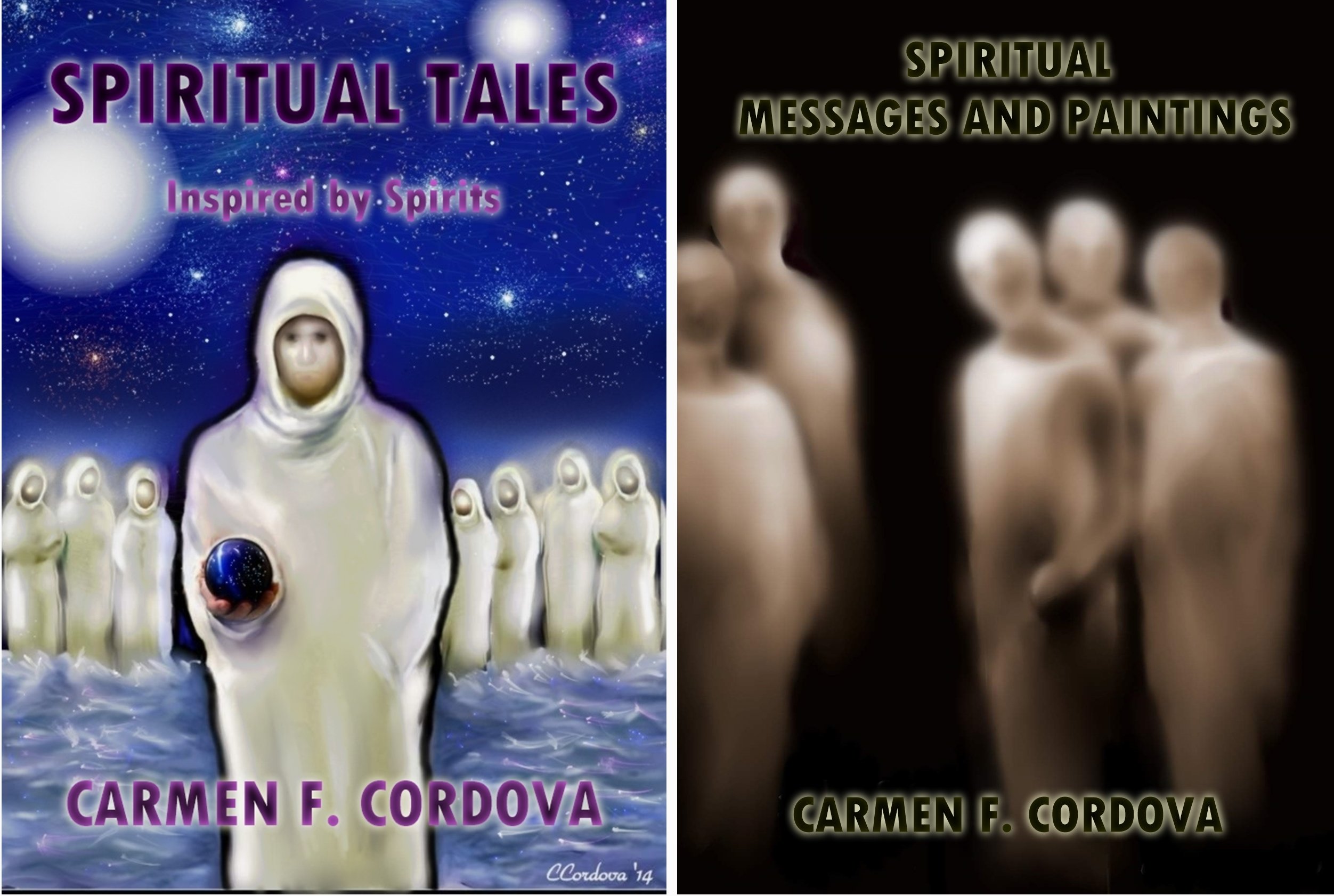
What are inner demons ?
Click below and views more than 600 pieces of spiritual artwork
